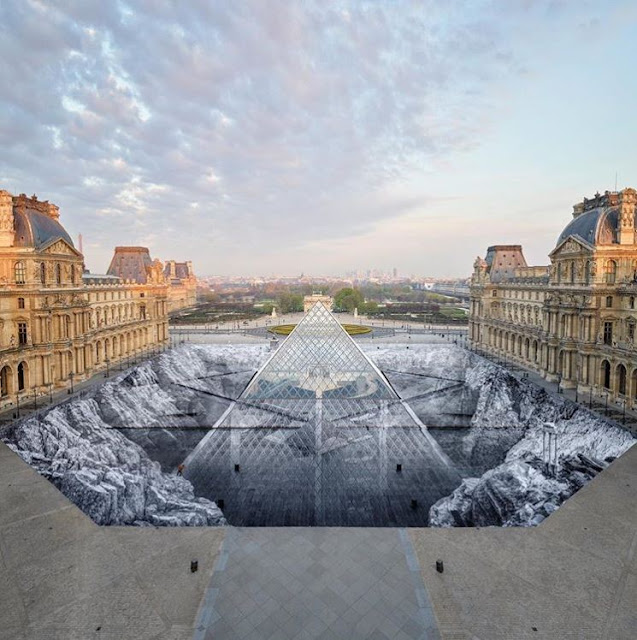The Pea-Souper
With a thick fog descending upon London over the weekend, vague,
wispy memories of prep school history lessons floated back into certain people’s
minds and the famous “pea-souper” got some long-overdue airtime around the
dinner table around the UK. However, whether it has disappeared from the
curriculum or there is just a natural knowledge gap amongst a large number of
people, many have reacted to the phrase with confusion and a vacant expression
as the realisation sets in that not many people seem to know what “the
pea-souper” actually is.
So, what is the pea-souper?
The pea-souper refers to a phenomenon similar to what we saw
over the weekend but quite significantly more intense; a thick, yellowish fog
that falls upon the city of London and refuses to move due to the way that the
city lies geographically; it quite simply can’t escape. Now, the fog this
weekend was not a true pea-souper due to its temporary nature, but back in 1952
and also during the Victorian era, we experienced two immensely grave episodes
of this bizarrely named phenomenon. In fact, in 1952, the fog stuck around for
4 full days and killed 12,000 people with the visibility and air quality
becoming so bad that it was quasi-impossible to even walk around the city. You
couldn’t even see your own feet. Pretty horrible stuff.
What’s more, this phenomenon has also captured the attention
of some very famous artists over the years; Dickens used to envisage his iconic
protagonist Sherlock Holmes wading through the thick fog whilst Monet visually
portrayed this unique weather on canvas during a stint in London during the
1800s (see below).
So, there you have it; the history of the pea-souper. Now
you can throw around some interesting facts next time the blanket descends on
our capital.





Comments
Post a Comment